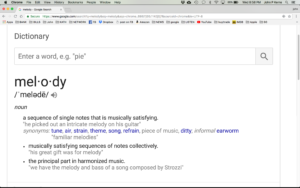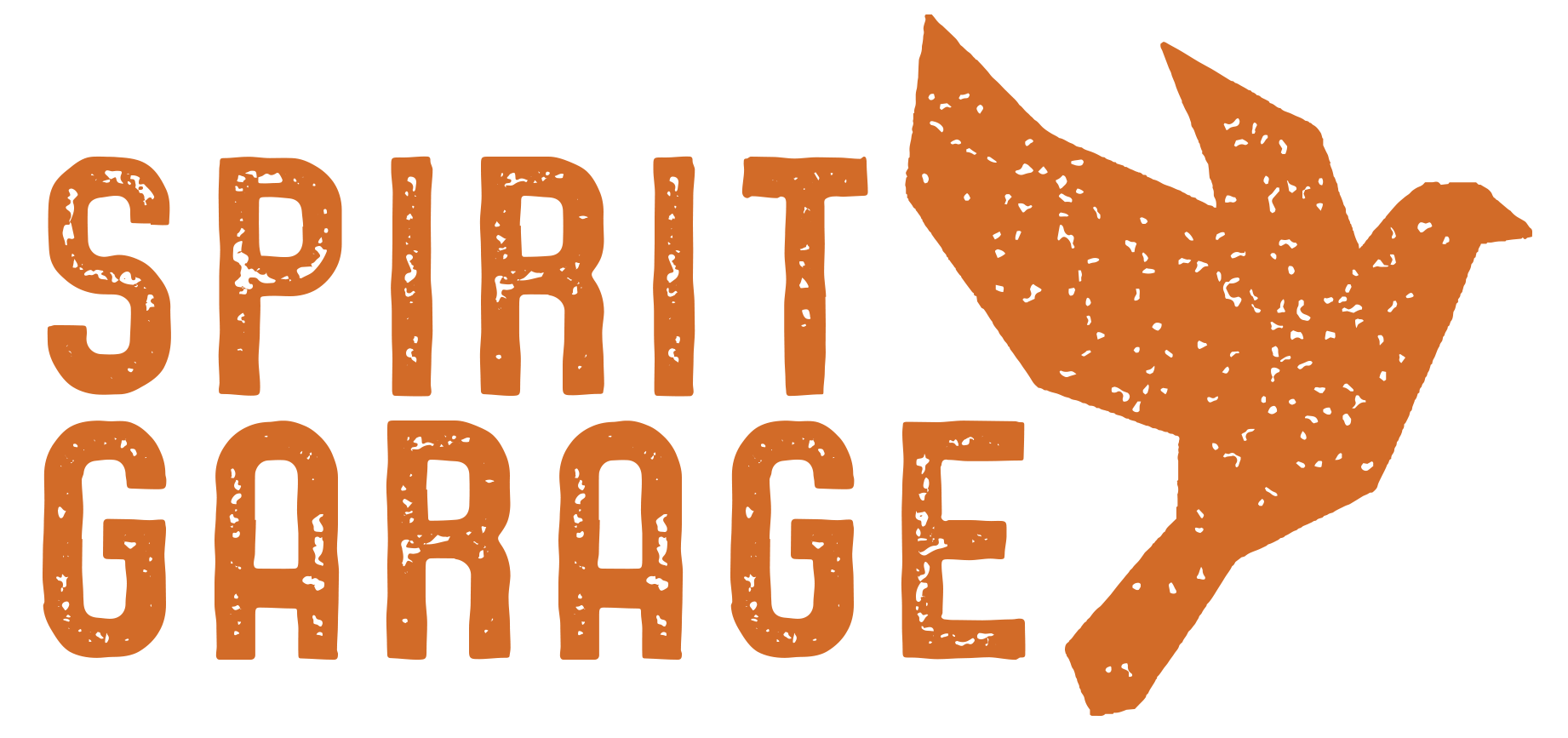 Let’s talk MELODY. My focus on songwriting and song choice for worship is just this: “Can an average person hear this in one listen and sing it back to me?” Maybe they have to hear it twice, maybe they need be taught it in pieces, but can a non-musician hear it and sing it? Writing (and choosing) songs with easy-to-learn melodies can be a challenge.
Let’s talk MELODY. My focus on songwriting and song choice for worship is just this: “Can an average person hear this in one listen and sing it back to me?” Maybe they have to hear it twice, maybe they need be taught it in pieces, but can a non-musician hear it and sing it? Writing (and choosing) songs with easy-to-learn melodies can be a challenge.
The earworm—the most elusive of musical elements, the most crucial element, often times the most difficult element to perfect, and the one that sells the song. A friend said once, “I can ruin your day in two notes: ‘It’s been…’” Great. Thanks. Now I’m humming the Bare Naked Ladies all day.
Here are some more good melodies that stick in your ear and hold on tight: “All You Need Is Love”, “Are You Gonna Go My Way”, “Born in the USA”. This is a very subjective topic, but one that has been proven. A melody that you can hear instantly and remember as you get out of your car, or leave the elevator. That’s the earworm.
I’ve been complimented on a few earworms, and those are some of THE BEST compliments I’ve ever received. “Throw me some peaces…” and “I really need a janitor in my life…” and “Baptized on New Year’s Eve…” have been lucky grabs for me. I focus on this with each new song. Making the melody work with lyrics is tricky stuff. For more good examples of this, listen to “Julius” or “Character Zero” by Phish.
There are guides for this; I try to keep them in check when the band is in writing mode. Don’t make large interval jumps, don’t sing higher than middle D, keep 16th notes to a minimum, match the lyrics to the movement of the notes, etc. I could go on and on. Typically short phrases, complete sentences, phonetically cohesive pieces work the best. Repetition is crucial here as well. Check out “Romans 12:1-2” by Mars Hill Church or “Go Outside” by Robbie Seay Band.
One of my heroes, Ben Folds, can do this magical lyric trick that takes a complete sentence and twists it into a melody. Listen to “The Ascent of Stan”, or “Battle of Who Could Care Less”, or “Kylie from Connecticut” to hear this gift in action. Complex songwriting, when used strategically, can be very effective in communicating your message. Another superb example of this is “Zavelow House” by the late Will Owsley. Somehow he states “Not the kind of place you’d see in Better Homes & Gardens magazine unless they did an expose on the Night of the Living Dead” into a singable melody.
At any rate, we are always trying to choose songs that are well-crafted with singable melodies. YES is a big influence on me, and they sometimes have wonderful simple melodies that are twisted and repeated and modulated into intricate and convoluted arrangements. Underneath a simple melody is a vast structure of prog-rock confounding most musicians ears and hands. Listen to “Hold On” or “Heart of the Sunrise” or “I’ve Seen All Good People” to hear a singable melody wrapped in a complex instrumental.
I’d LOVE to play “Hold On” [we still might someday] but the groove is a 12/8 time signature with a few dropped bars, several different thematic segments, and many, many harmonies and descants swirling around it. YES writes complex and difficult material, even for experienced musicians. This is often a deal-breaker simply due to our rehearsal/time constraints/workload.
I will be the first to admit that I’ve simplified arrangements for any number of reasons. Sometimes the bridge of a song is distracting from the larger message [“Walk” by the Foo Fighters]. Sometimes the riff of a perfect message-song is too complicated or distracting [“Go Tell Somebody” by King’s X]. Sometimes the melody is too complex, but the chords are perfect for us [“Weather You Fall” by Tracy Bonham]. If only two of these parts are accessible by everyone in the band, we may try it. However, all three pieces really drive home a worship experience that is meaningful for all involved: the band feeling confident in their playing [and enjoying that], the congregation singing along [and enjoying that], and the message being heard through song [God enjoying that].
Sometimes this feels like I’m playing the old-school arcade game “Paperboy” (please visit The Up/Down, corner of Lyndale Ave & Lake St). You have to pedal the bike, navigate the roads and obstacles, throw newspapers at each house and land it on the doorstep. Nearly impossible, but there’s one day when the arcade is nearly empty with less distractions that you can focus and hone your skills [with a pocket full of quarters]. THAT is the day you stop the car and listen intently to the song on the radio and say to Siri “google search X song by Y band lyrics and chords” before the earworm has burrowed into your long-term memory.
I’ve placed all these songs in a Spotify playlist you can reference here.
https://open.spotify.com/user/kernsey/playlist/7Ev0Nybqcshuo6ibHxJK3p?si=AP91YMCcSjWBdgTLgI0kOQ
